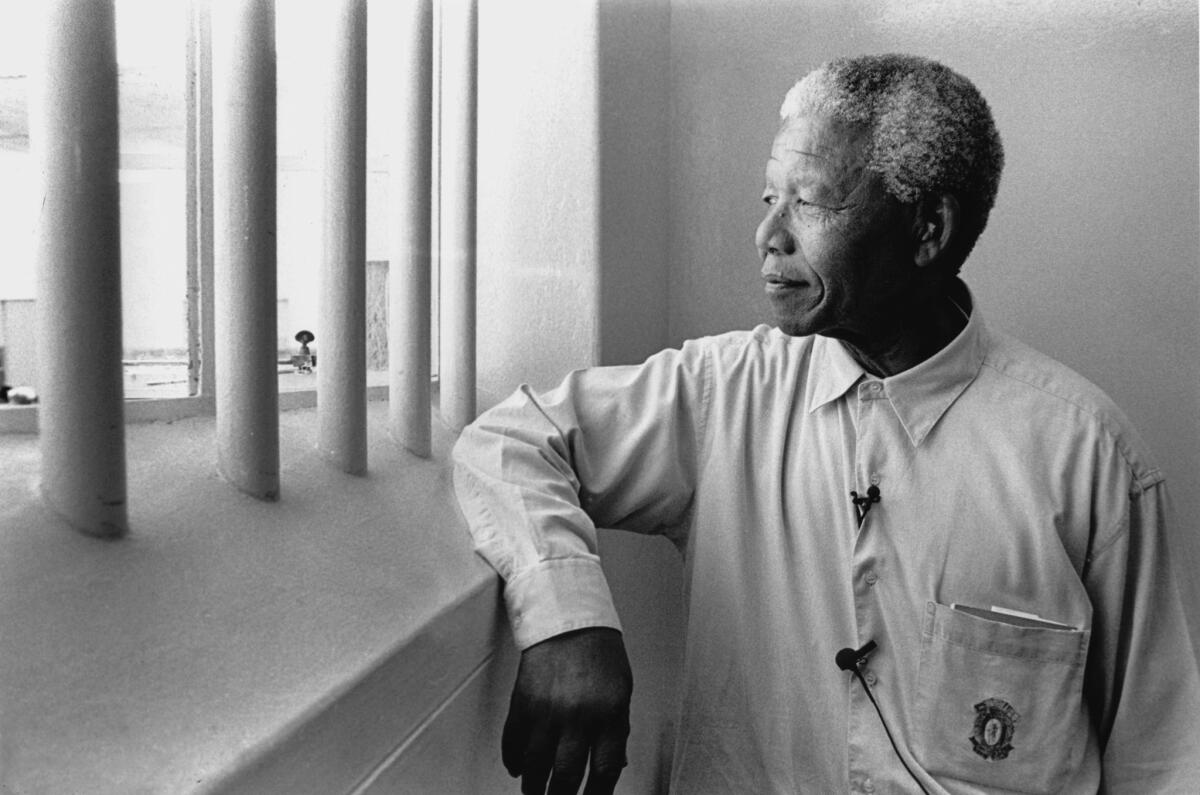
Bible connection
You have searched me, Lord,
and you know me.
You know when I sit and when I rise;
you perceive my thoughts from afar.
You discern my going out and my lying down;
you are familiar with all my ways.
Before a word is on my tongue
you, Lord, know it completely.
You hem me in behind and before,
and you lay your hand upon me.
Such knowledge is too wonderful for me,
too lofty for me to attain. — Psalm 139:1-6
All about Thomas Merton (1915-1968)
Thomas Merton, known to the other monks as Father Louis, was born in the south of France to a American mom (a Quaker) and Kiwi dad (a painter). He was baptized as an Anglican. When Thomas was six years old, his mother died of stomach cancer. He was sent to live in the U.S. with his grandparents while his father, an artist, often travelled. As an early teen, he was reunited with his dad and educated in Europe until his father died when he was 16. After finishing school, Thomas was agnostic. In 1933, while in Italy, he experienced a sense of spiritual emptiness, anxiety, and a hope it would all lead to a dramatic conversion.
In 1938, while finishing up an M.A. in English (focused on William Blake), Merton joined the Roman Catholic church after experimenting with other forms of Christianity. He was rejected by the Franciscans and did not feel drawn to become a priest. In 1942, he was accepted as a novice monk at the Abbey of Our Lady of Gethsemani in Kentucky.
His abbot directed Merton to write his autobiography, which became The Seven Storey Mountain. The book became an unlikely best-seller and is considered today to be one of the spiritual classics of the modern age.
Merton would go on to write poems, articles, essays, and more than 60 books, among them New Seeds of Contemplation, The Sign of Jonas, Conjectures of a Guilty Bystander, and No Man Is An Island.
In the latter decades of his life he became increasingly interested in Asian religions, particularly Buddhism. His leadership helped spark Christian-Buddhist dialogue that continues to this day. Merton is an example of a devoted Christian who had dialogue with others respectfully and as a learner. He was particularly interested in Eastern ways of thinking and understanding of self. His conversations about these issues were largely with other monks, Christian and Buddhist, as well as his superiors.
His abbey still receives revenues from his work. His work telling the stories of the Desert Fathers and Mothers has been inspirational and influential to many in our circles. His writings have been translated into over 30 languages.
Merton died on this day in 1968 of an accidental electrocution while attending an interfaith conference of contemplative monks in Thailand at age 53.
Quotes:
“You do not need to know precisely what is happening, or exactly where it is all going. What you need is to recognize the possibilities and challenges offered by the present moment, and to embrace them with courage, faith and hope.” — Thomas Merton, Conjectures of a Guilty Bystander
“The beginning of love is the will to let those we love be perfectly themselves, the resolution not to twist them to fit our own image. If in loving them we do not love what they are, but only their potential likeness to ourselves, then we do not love them: we only love the reflection of ourselves we find in them” ― No Man Is an Island
“My Lord God, I have no idea where I am going. I do not see the road ahead of me. I cannot know for certain where it will end. Nor do I really know myself, and the fact that I think that I am following your will does not mean that I am actually doing so. But I believe that the desire to please you does in fact please you. And I hope I have that desire in all that I am doing. I hope that I will never do anything apart from that desire. And I know that if I do this you will lead me by the right road though I may know nothing about it. Therefore will I trust you always though I may seem to be lost and in the shadow of death. I will not fear, for you are ever with me, and you will never leave me to face my perils alone.” ― Thoughts in Solitude
More
The Thomas Merton Center [link]
Director’s page for “Soul Searching,” a documentary about his life [link]
The Thomas Merton Society replayed an argument that Merton was murdered, probably by the CIA, instead of killed in an accident. The book The Martyrdom of Thomas Merton, an Investigation by Hugh Turley and David Martin (2018), may be an addition to the era full of conspiracy theories or it may be a window into overlooked or suppressed evidence [link].
Cistercian Order homepage. The term “Cistercian” comes from the Latin word Cistercium, which is the name of the village of Cîteaux in France. In 1098, a group of Benedictine monks from the Molesme monastery founded Cîteaux Abbey in Cîteaux, with the goal of living more in accordance with the Rule of Saint Benedict. The Cistercian Order is stricter than the Benedictine Order. Cistercians follow the Benedictine Rule, but they have a more defined structure and wear white cowls instead of black ones like Benedictine monks.here are two religious orders that share the heritage of Cîteaux: the Cistercian Order and the Order of Cistercians of the Strict Observance, also known as the Trappists.
Merton teaches with great inclusion and acceptance. He offers a path to the deep places of God, starting from where you are right now. Feel the freedom of that, and also a bit of the terror of that trust. Enjoy your solitude.









